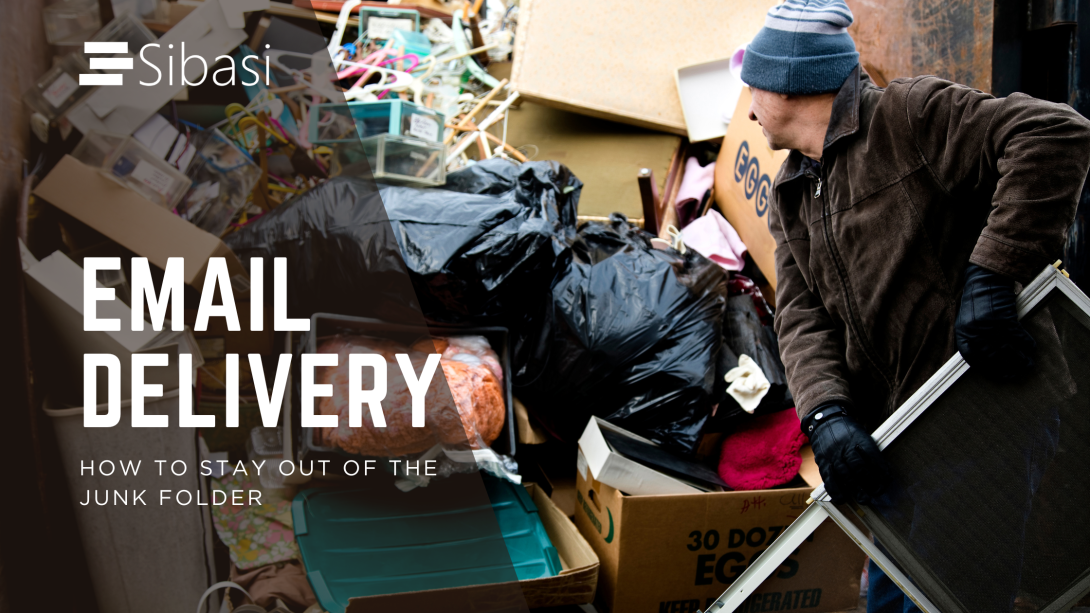
Email is still one of the most powerful tools for communicating with your audience — but only if your message actually lands in their inbox. With spam filters growing more aggressive and inboxes more crowded than ever, ensuring your emails are delivered and read takes more than just good content.
This guide outlines eight proven best practices to help you avoid the junk folder, improve deliverability, and build better engagement with your subscribers.
- Authenticate Your Email Domain

Email authentication is a technical must. By setting up SPF (Sender Policy Framework), DKIM (DomainKeys Identified Mail), and DMARC (Domain-based Message Authentication, Reporting & Conformance), you confirm to email providers that you're the real sender.
This protects your brand from spoofing and increases the chances of your emails being trusted and delivered to the inbox instead of spam.
- Use Double Opt-In for Subscriptions
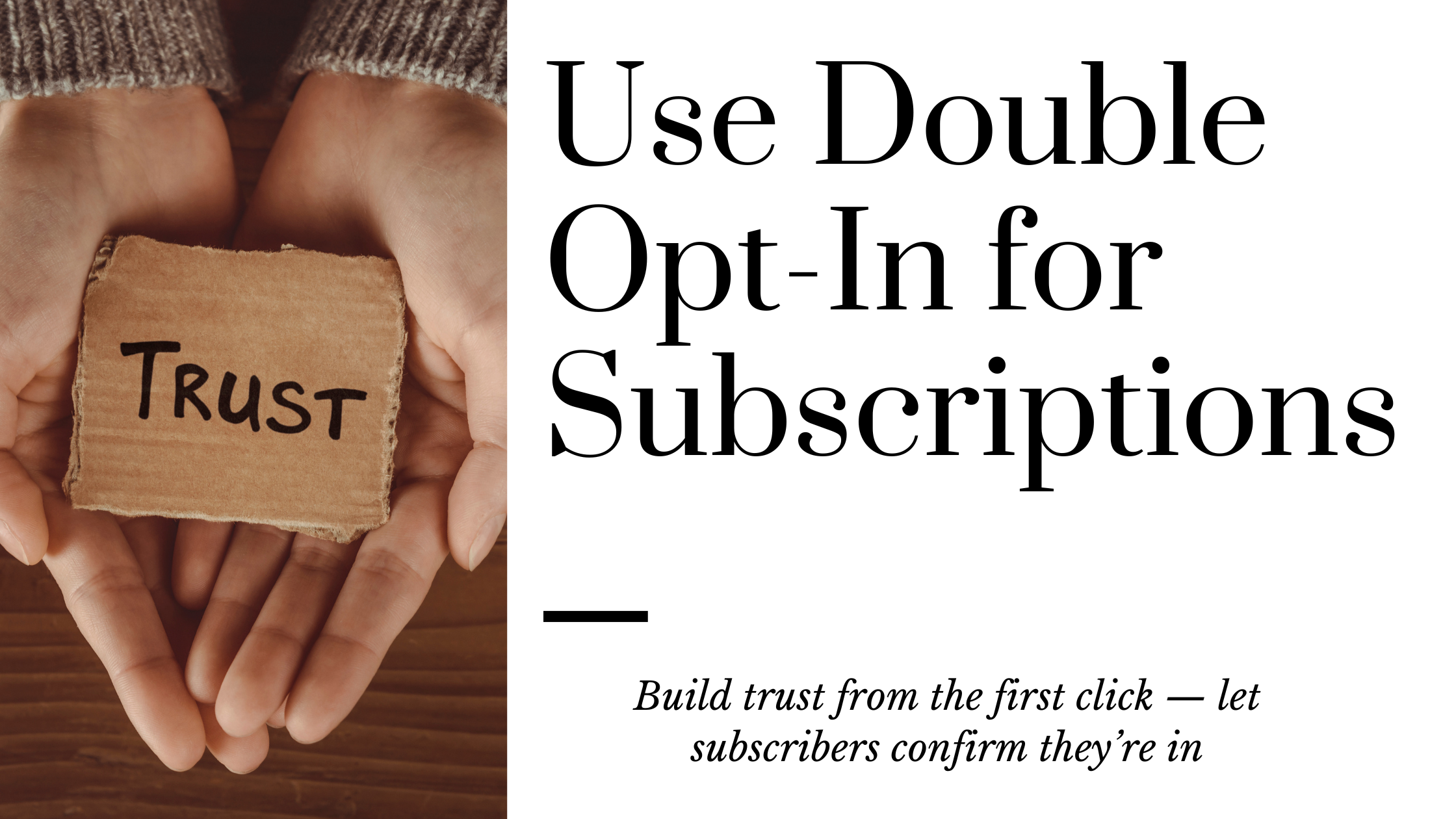
A double opt-in process requires users to confirm their subscription via email after signing up. While it adds a step, it ensures you have:
- A valid email address.
- A genuinely interested subscriber.
- Lower spam complaint and bounce rates.
It’s a smart way to build a healthy, engaged audience from day one.
- Keep Your Email List Clean

Your list might be big, but is it healthy? Remove:
- Inactive subscribers who haven't engaged in months.
- Bounced or invalid email addresses.
Regular list maintenance protects your sender reputation and helps boost your open and click rates. Consider running re-engagement campaigns before cleaning house.
- Personalize Your Emails
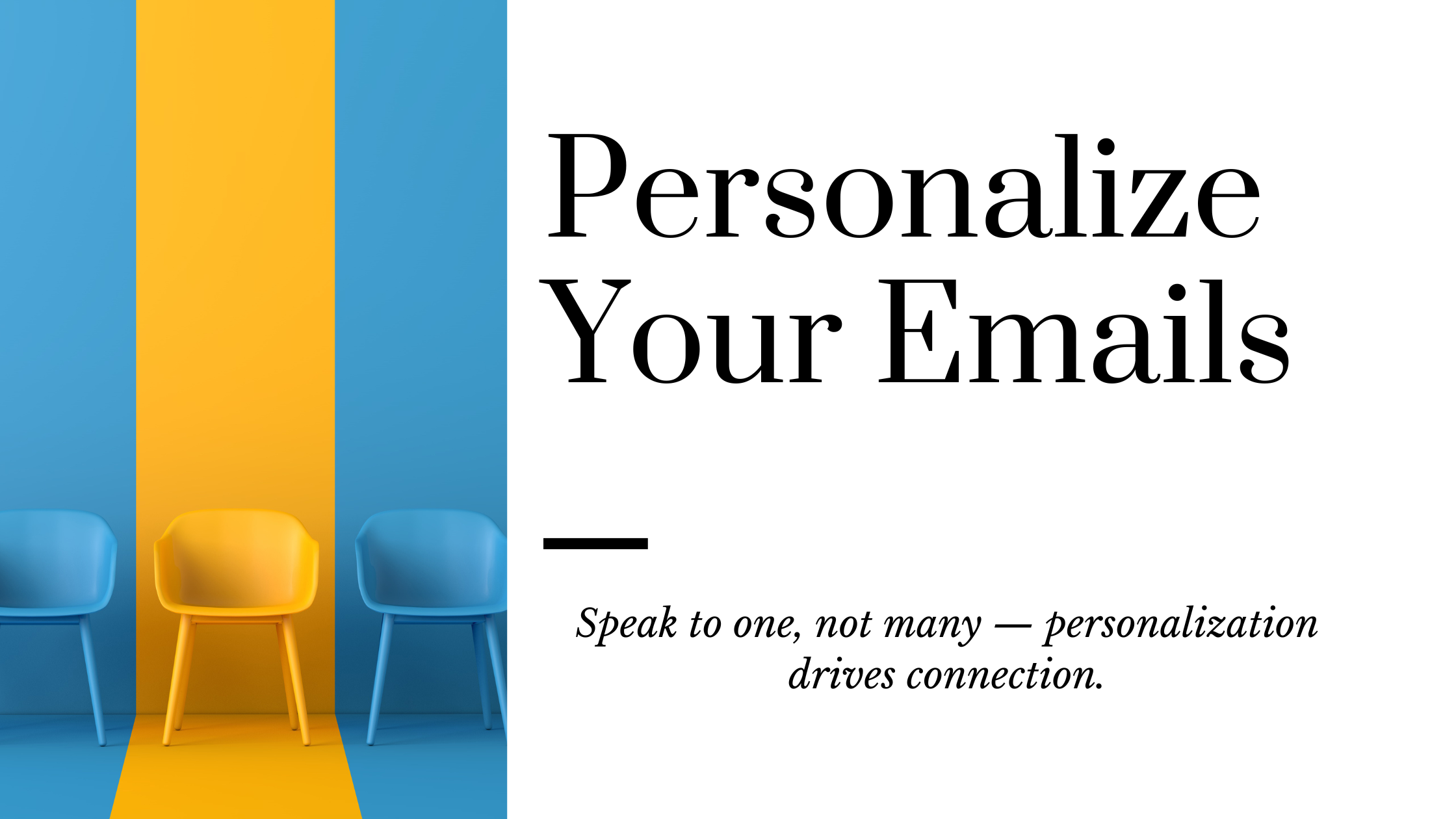
Emails that feel personal get noticed. Using a subscriber’s name, location, preferences, or behavior can dramatically improve engagement. Many email platforms support dynamic content and segmentation, allowing you to tailor your messaging to different audience groups.
Even a personalized subject line can make a big difference.
- Avoid Spam Trigger Words and Formatting
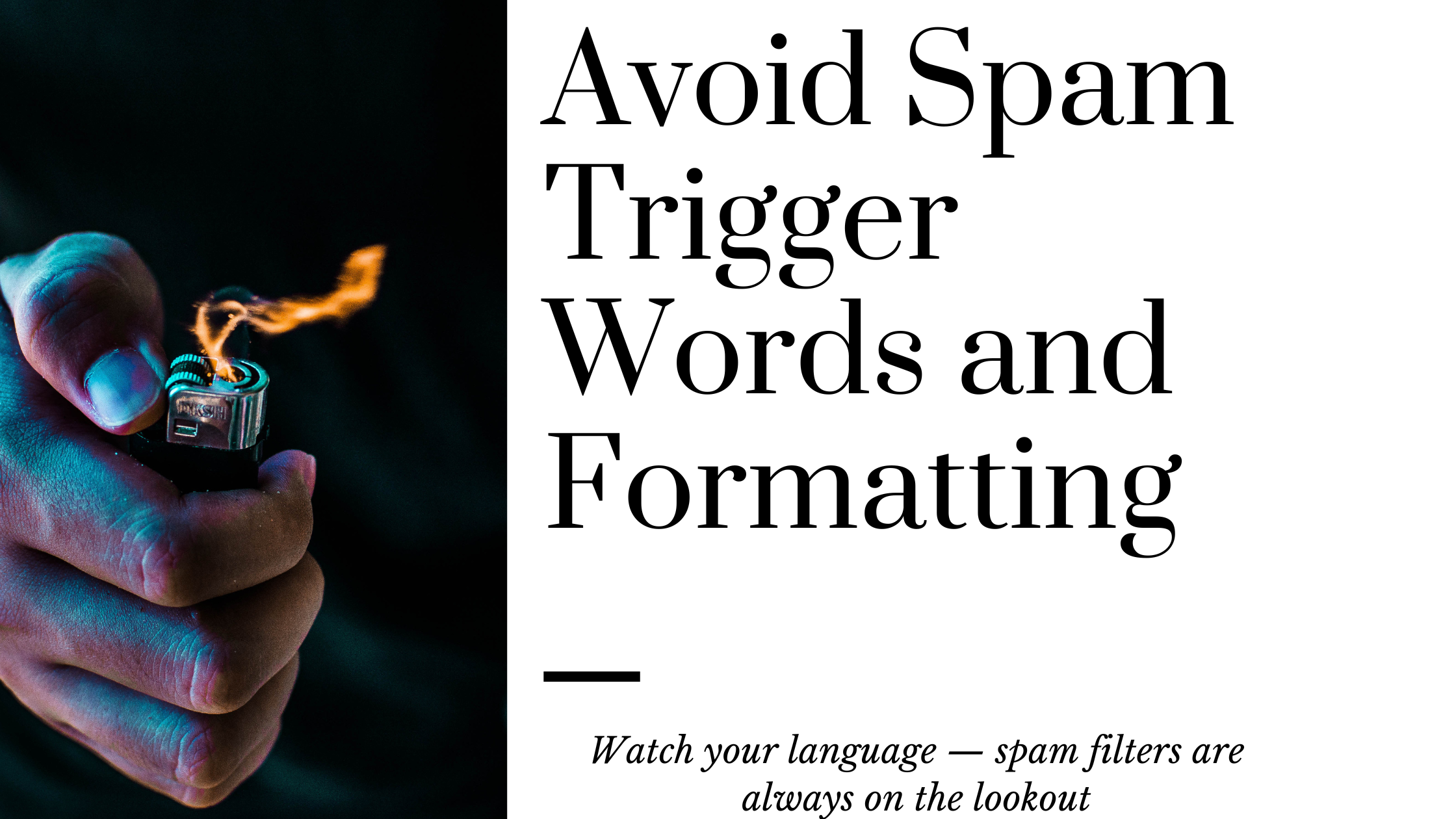
Spam filters look for red flags like:
- Words such as “free,” “buy now,” or “100% guaranteed.”
- All-caps subject lines or excessive punctuation.
- An imbalance between images and text.
Keep your language clear, your design clean, and your message value-driven.
- Include a Clear and Simple Unsubscribe Option

Don't make people hunt for the unsubscribe link. A clearly visible and user-friendly opt-out option not only helps you comply with CAN-SPAM, GDPR, and other regulations — it also shows respect for your subscribers.
Making it easy to leave actually improves your brand perception and reduces the chance of spam complaints.
- Encourage Subscribers to Whitelist You
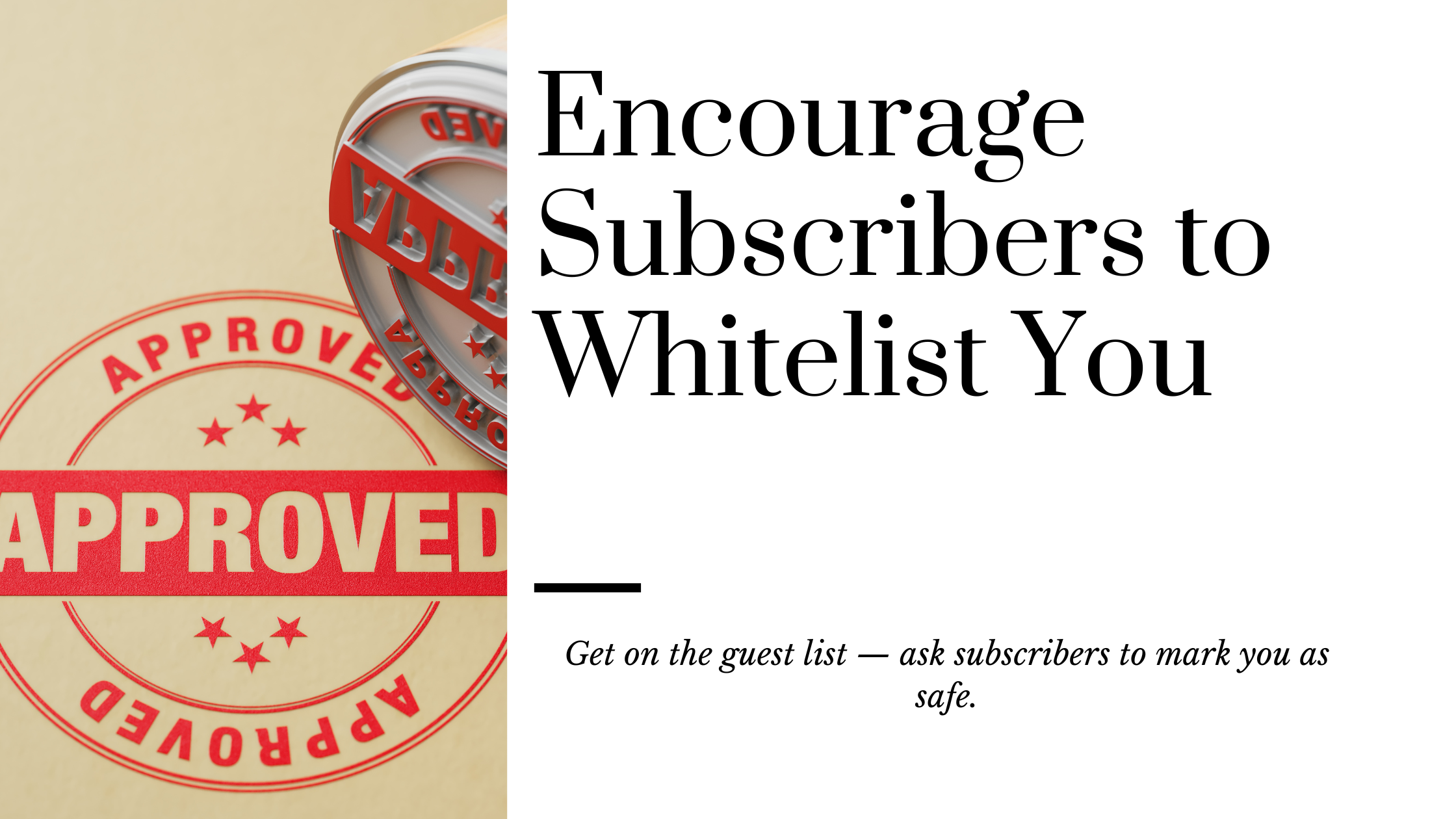
Ask new subscribers to add your email address to their contacts or safe sender list (aka whitelisting). This simple step boosts your visibility and helps keep your messages in the inbox — not buried in the Promotions tab or filtered as spam.
Include clear instructions in your welcome email or onboarding flow.
- Monitor Your Sender Reputation

Your sender reputation is a major factor in email deliverability. Poor metrics like high bounce rates, low engagement, or frequent spam complaints can damage it.
Use tools like:
- Mailgun’s analytics
- Sender Score by Validity
- Postmark etc
to track your performance, get feedback, and make improvements.
Conclusion
Delivering value through email starts with getting into the inbox. By following these best practices — from authentication and list hygiene to personalization and reputation monitoring — you can improve your email performance, avoid the junk folder, and foster meaningful connections with your audience.
The inbox is earned — and these tips will help you get there.







